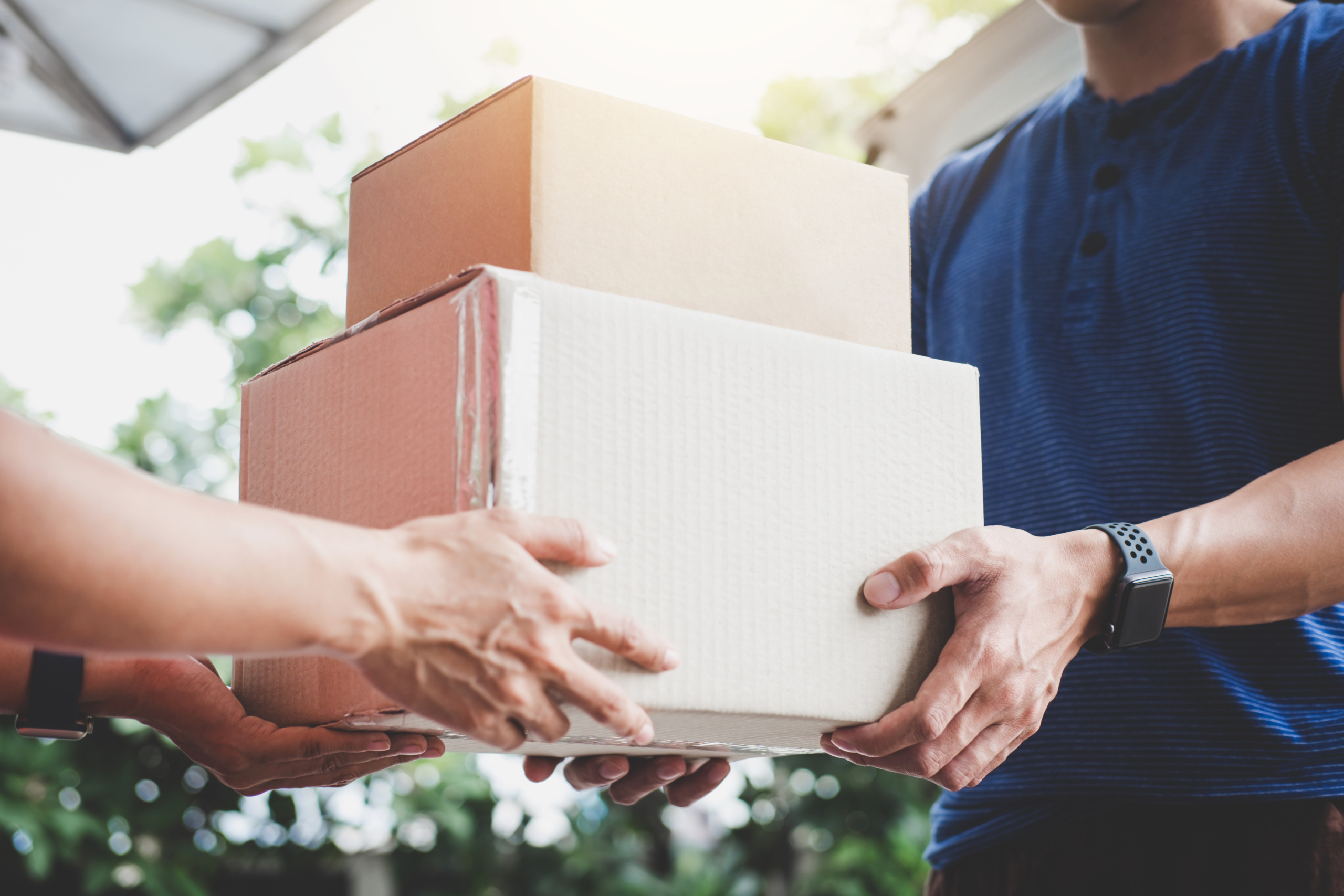
The e-commerce industry has been growing year on year, but the Covid19 pandemic has accelerated this growth as consumers were forced to take their shopping online. As the country went into lockdown back in March, consumer habits shifted dramatically, with 37% of us shopping online more than ever before*. For e-commerce businesses, tapping into this customer demand meant more sales and more profit. However, retailers were under pressure to balance peak level order volumes with social distancing measures in the warehouse, delays in the supply chain and capacity issues with carriers. Even those who were able to continue trading without disruption found themselves with delays of up to 10 days.
During the pandemic, consumers were initially more forgiving of delays and grateful for what they are able to get their hands on, understanding that these are unique times for all of us. However, this could lead retailers into a false sense of security that consumers will continue to accept this as the status quo. With buying online likely to continue to be big business, brands need to be ready for the lifting of this temporary ceasefire in consumer expectations as we return to some kind of normal.
Delayed deliveries and unhappy Customers
The global nature of coronavirus caused a disruption in the supply chain never seen before. Businesses who relied on supplies from other countries found themselves unable to get their orders fulfilled, and the stock ran out. The knock-on effect was not being able to deliver quickly or unable to sell at all. Certain items had big competition during this time, like home and garden, exercise gear and food. Not being able to get products into customers’ hands quickly was the difference between a sale or customers buying from a competitor.
In addition, if they had the products to sell, many experienced problems with actually delivering, as carriers became overloaded and struggled to cope. Any retailers who relied on one carrier were left scrambling to find other carriers who could deal with the extra demand. The result? Unfulfilled or slow deliveries, and potentially unhappy customers. Customer returns also experienced disruption due to the pandemic. As physical stores closed, the option of ‘click and collect’ and ‘return to store’ became unavailable, and new policies had to be drafted.
Delivery has always been important for customers, with 60% of customers saying they would buy again from a retailer if they had a good delivery experience*. However, during the coronavirus era, a robust delivery system became even more important.
Keeping customers up to date and happy
Communication is key, and during the coronavirus pandemic, it has been more important than ever. With retailers balancing disruptions, keeping consumers informed has been important to keep them happy. Brands who do not let the customer know about delays or changes to their usual customer experience risk a bad delivery experience and loss in consumer confidence.
The desire for communication will continue as we move on from the pandemic. 70% of consumers consider all types of pre-delivery notifications important*. Customers expect to be able to track their parcels in real-time to be fully aware of where it is in the process. Communication means a good delivery experience and more chance of repeat purchasing. This applies to returns too, with 80% wanting confirmation that their returns parcel has been received*. This ensures more transparency on the process and when to expect the refund. Communication is not only good for the consumer, but it’s also good for businesses. Managing the expectations of the customers means you cut down on customer enquiries asking for updates on their delivery or returns.
Adapting delivery beyond Covid19
The burst in online shopping at the beginning of the year would usually be a great opportunity for e-commerce businesses. Instead, it became stressful and difficult. The companies coming out on top were those who had already invested in contingency plans for peak selling time. Instead of struggling to fulfil orders, or starting to work with new carriers, those with visibility over their supply chain were prepared.
As we return to more normality, some businesses may not change their processes, expecting disruption like this not to happen again. However, this is a risk – there is no way to predict global events or issues arising during peak times that could disrupt delivery again. Retailers must heed the lessons of the crisis and invest in their supply chain management and delivery strategy. Doing so means they can find quick solutions whatever happens and be able to adapt easily. These are the businesses that will continue to thrive, no matter what the market throws at them.
A robust delivery experience, whatever happens
Having a robust contingency plan helps retailers manage any issues that arise during normal peak times and protects you when the unexpected happens. When it comes to delivery, customers have high expectations and letting them down may mean they don’t shop with you again. Working with multiple carriers is a key way to have an uninterrupted delivery process, no matter what happens. If one carrier has capacity issues, you need to be able to switch services quickly with no disruption to your internal operations or your customers’ experience. Working with multiple carriers, however, can seem like a headache. It would be best if you manage different pick-up times, contracts, and technology. A delivery management company like GFS makes this easier whilst also saving on cost. You can trust GFS to protect your delivery all the way to the customers’ door and back again, with a robust delivery and returns system. Plus it has all the latest in groundbreaking technology to make your processes even easier.
As we move on from the pandemic, businesses must make sure they have the backup to recover from a disruption quickly and the flexibility to adapt when your delivery needs to change. Only through doing this can they continue to give their customers a great experience no matter what happens, grow sales, and build customer loyalty.
*IMRG Data Report – UK Consumer Home Delivery Review 2019/20
Originally appeared on retailtimes.co.uk





